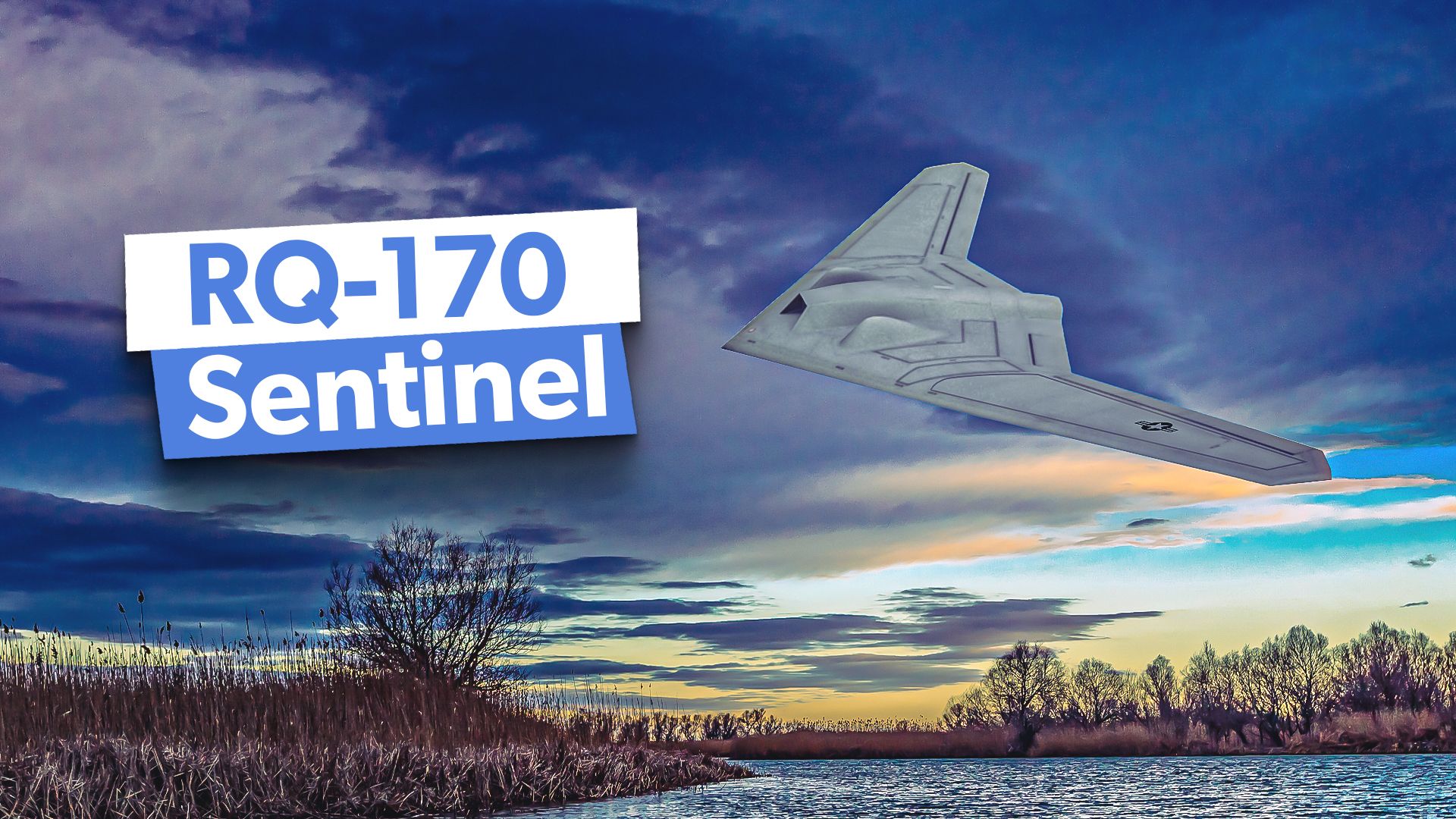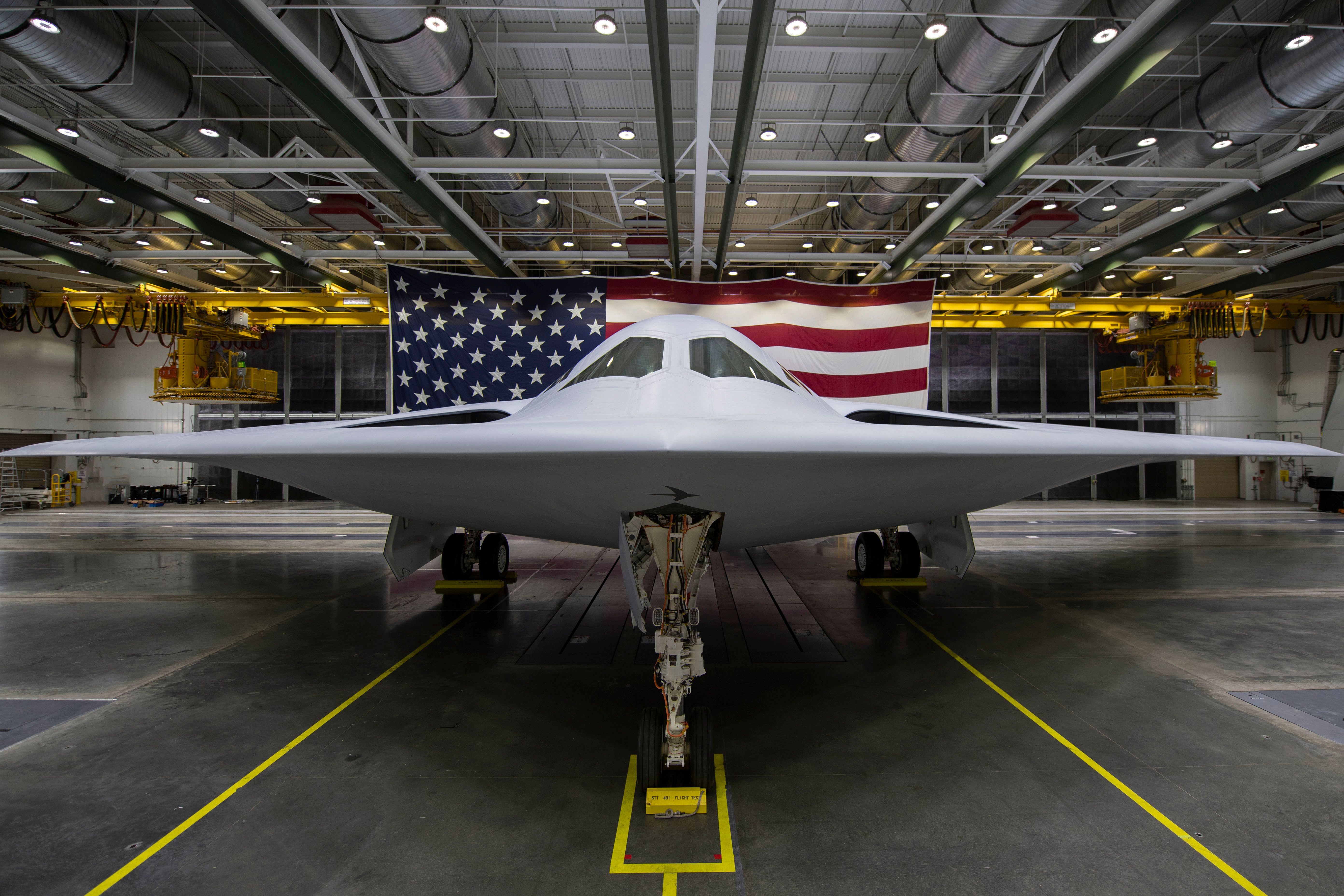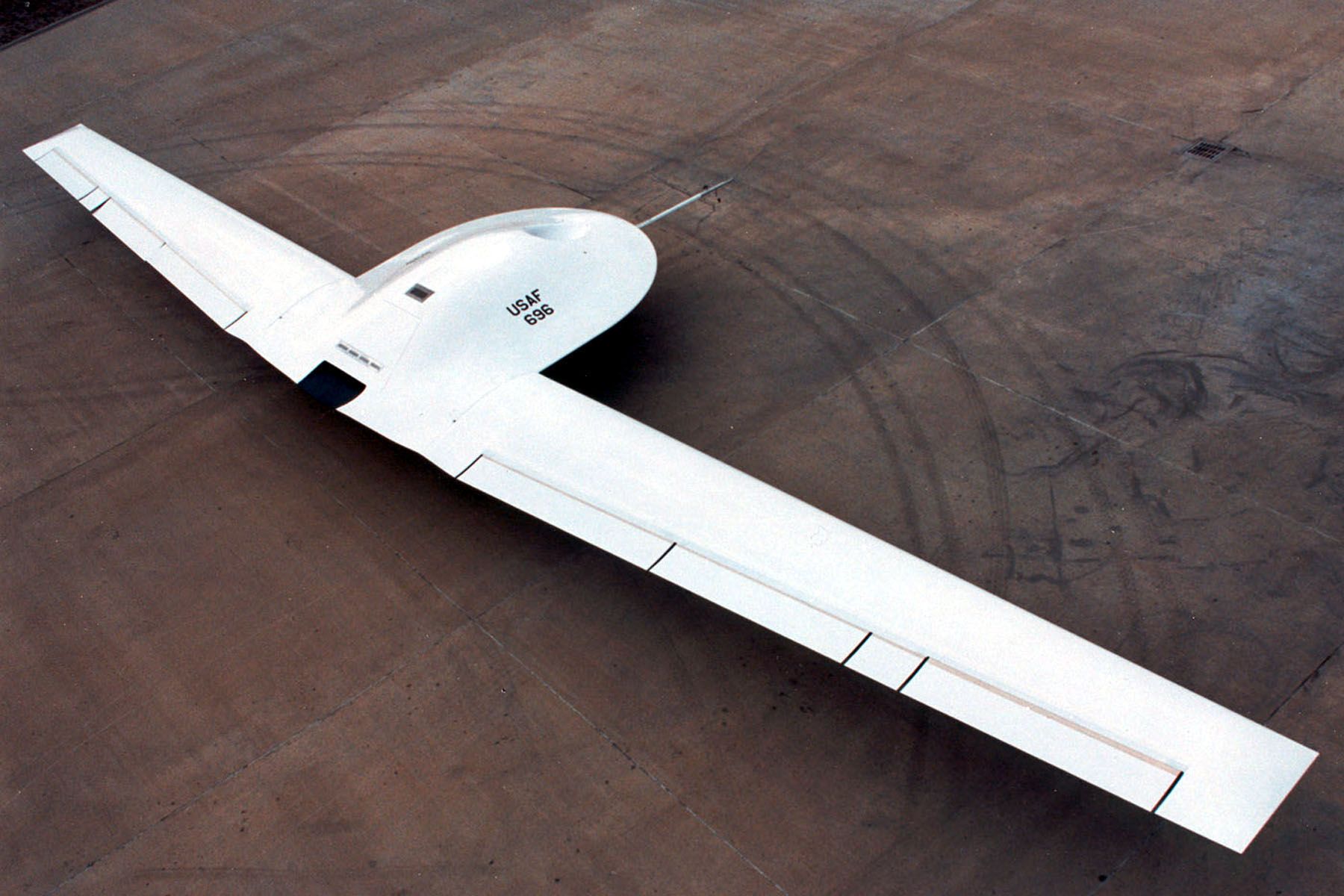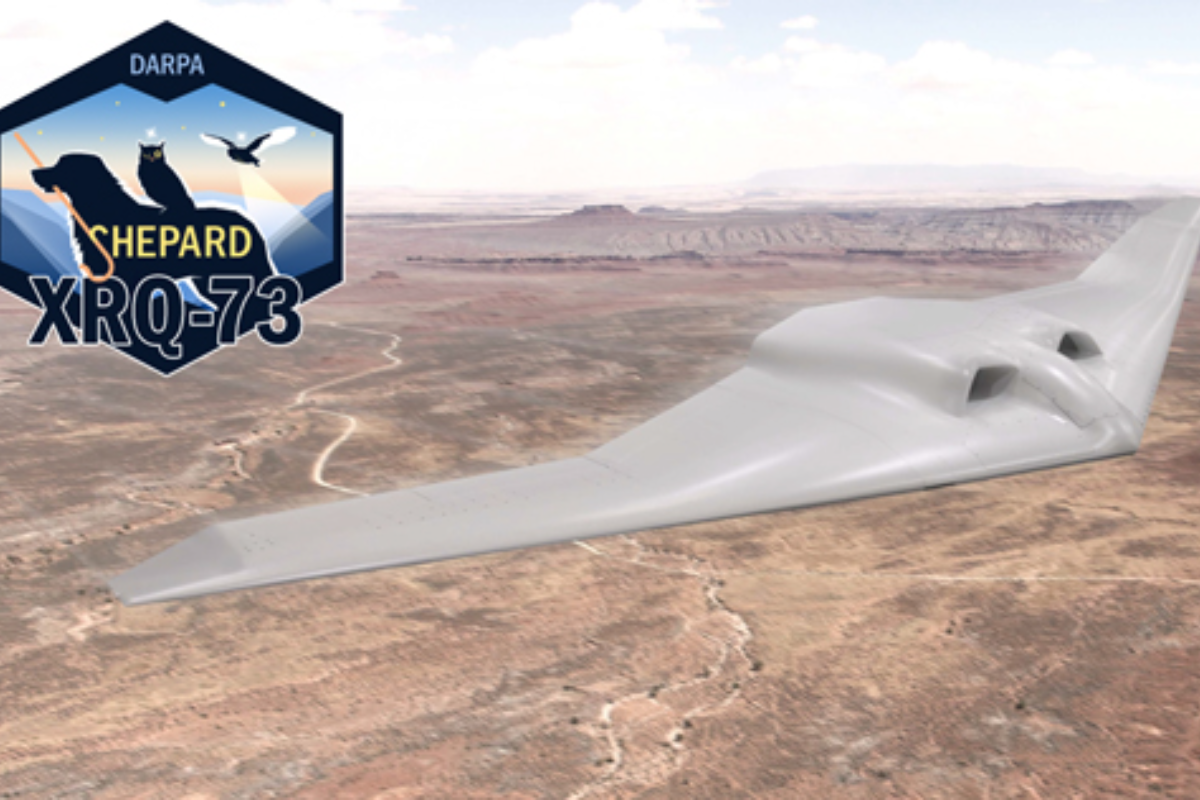Summary
- The RQ-170 Sentinel is a secretive reconnaissance drone used by the US Air Force and CIA since 2007.
- The drone measures 90 feet wide and 6 feet high, with composite material for stealth.
- Iran reverse-engineered a downed RQ-170, leading to the development of the Saeqeh drone.
It is well-known that the US Air Force has its secrets (including open secrets). While there may not be any little green men kept in Area 51, the US kept the existence of the SR-71 Blackbird secret for years.
The RQ-170 Sentinel is not a secret, nor is it an open secret, but the Air Force has released few details and no images of it. Besides the RQ-170, the Air Force has another secretive surveillance drone called the RQ-180.
There have also been persistent rumors of the existence of a manned 1980s surveillance aircraft called the SR-91 Auroa (although its existence is denied, and there is little hard proof it exists).
What is known of the RQ-170 Sentinel
Lockheed Martin’s Skunk Works RQ-170 Sentinel (dubbed the Wraith) is an unmanned aerial vehicle (aka drone) built for the US Air Force and the CIA (the CIA still operates secretive aircraft).
It was introduced in 2007 and is believed to be a stealth aerial reconnaissance drone.
Photo: U.S. Air Force
While the Air Force has little to say about the RQ-170, it does say “The RQ-170 is a low observable unmanned aircraft system (UAS) being developed, tested and fielded by the Air Force. It will provide reconnaissance and surveillance in support of the joint forces commander.” The Air Force says that the drone directly supports combatant commanders’ needs for ISR to locate targets.
|
Known US Air Force surveillance drones: |
|---|
|
RQ-4B Global Hawk |
|
RQ-11 Raven |
|
RQ-170 Sentinel |
|
RQ-180 |
|
MQ-4C Triton (Navy) |
“The RQ-170 is flown by Air Combat Command’s 432nd Wing at Creech Air Force Base, Nev., and the 30th Reconnaissance Squadron at Tonopah Test Range, Nev.” – The Air Force
The RQ-170 is believed to have a flying wing design using a single engine (some suggest it’s a General Electric TR34 turbofan or a Garrett TFE731).
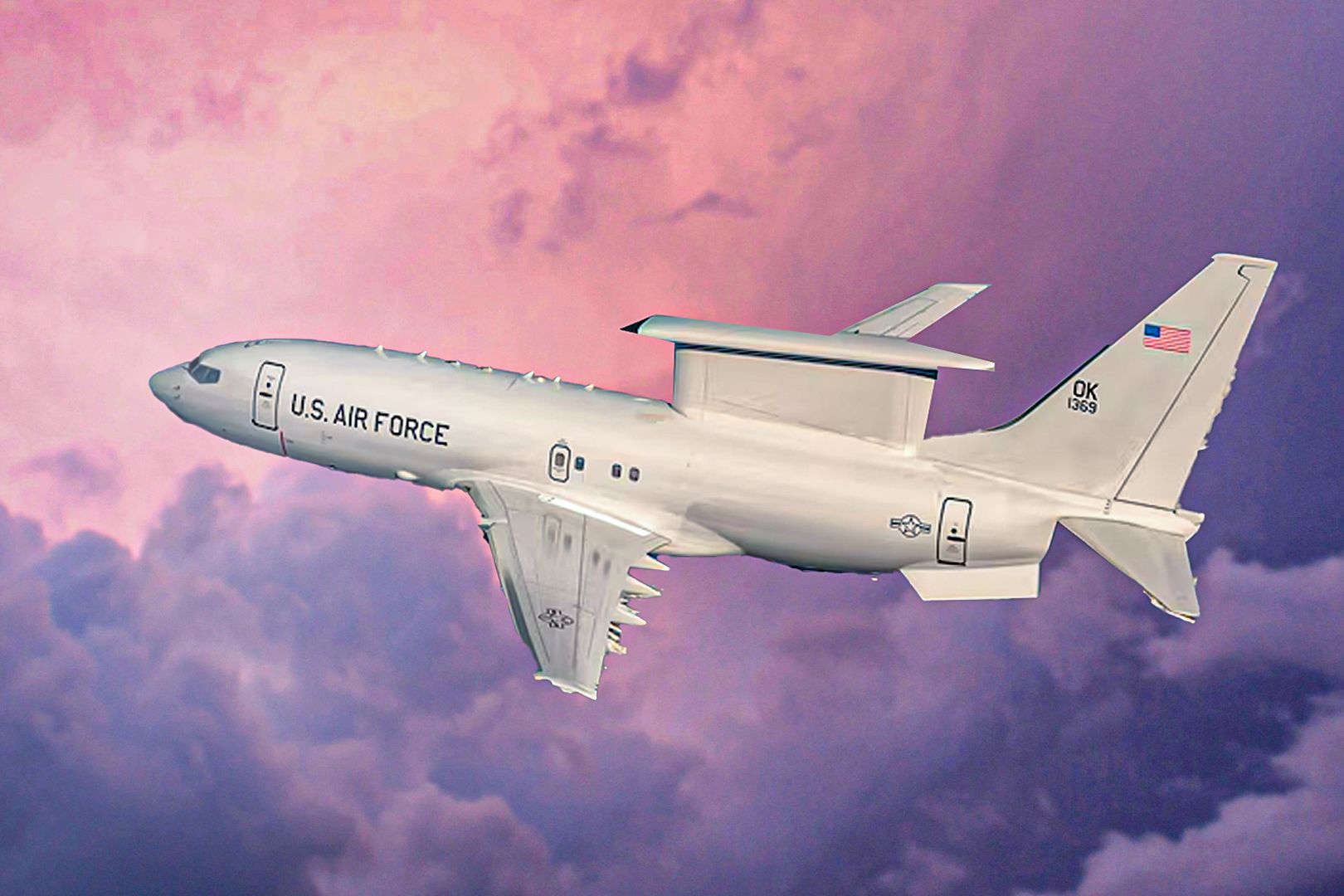
Related
Why Does The US Air Force Need The Boeing E-7A Wedgetail?
E-7A Wedgetails are needed to replace the aging E-3 Sentries and ensure the US Air Force can continue to monitor the battlespace.
Believed size and capabilities of the RQ-170
According to Air Force Technology writing in 2020, the Wraith is able to capture real-time imagery of the battlefield and transfer that data to a ground control station through a long-of-sight communication data link.
It is used for gathering information on missile tests, telemetry, and multispectral intelligence. It also says it is a tailless flying wing resembling the RQ-3 Darkstar and P-175 Polecat.
Photo: National Air and Space Museum
|
Lockheed Martin’s RQ-170 Sentinel |
|
|---|---|
|
Wingspan: |
90 feet |
|
Height: |
6 feet |
|
First deployment: |
2007 in Afghanistan |
|
Number lost: |
At least one over Iran |
|
Operators: |
US Air Force, CIA |
The drone is massive—Air Force Technology gives its dimensions 90 feet wide and six feet high. It also says that around 90% of the aircraft is made from composite materials. It is unclear how many RQ-170s have been produced or how many remain in operation.
The US Air Force is also known to be developing other stealth ISR drones like the XRQ-73 (for which it recently released an image).
The RQ-170 made its first operational flight in Afghanistan in 2007, but the Air Force officially unveiled its operations in December 2009. The Americans only acknowledged it after grainy photos of it at an air base were claimed to be the drone.
Photo: DARPA
Extensive use around the world
While they may not be seen, the Wraiths are quietly flying missions for the US Air Force around the world. In April 2023, The War Zone reported that they may have been used for surveillance off the coast of Crimea.
Theaters the RQ-170 Wraith is thought to be used:
- Afghanistan (first operation from Kandahar Air Force Base in 2007)
- Pakistan (during the 2011 bin Ladan raid)
- Iran (downed over Iran)
- Black Sea near Crimea (allegedly)
- South Korea (to replace U-2 flying over North Korea)
The RQ-170 is also known to have been used over Afghanistan (where it became known as the Beast of Kandahar); it was used in Pakistan during the mission to take out Osama bin Laden in 2011 (it was live coverage from the Wraith that was streamed to the White House). It has been used in Iran, North Korea, and other countries.
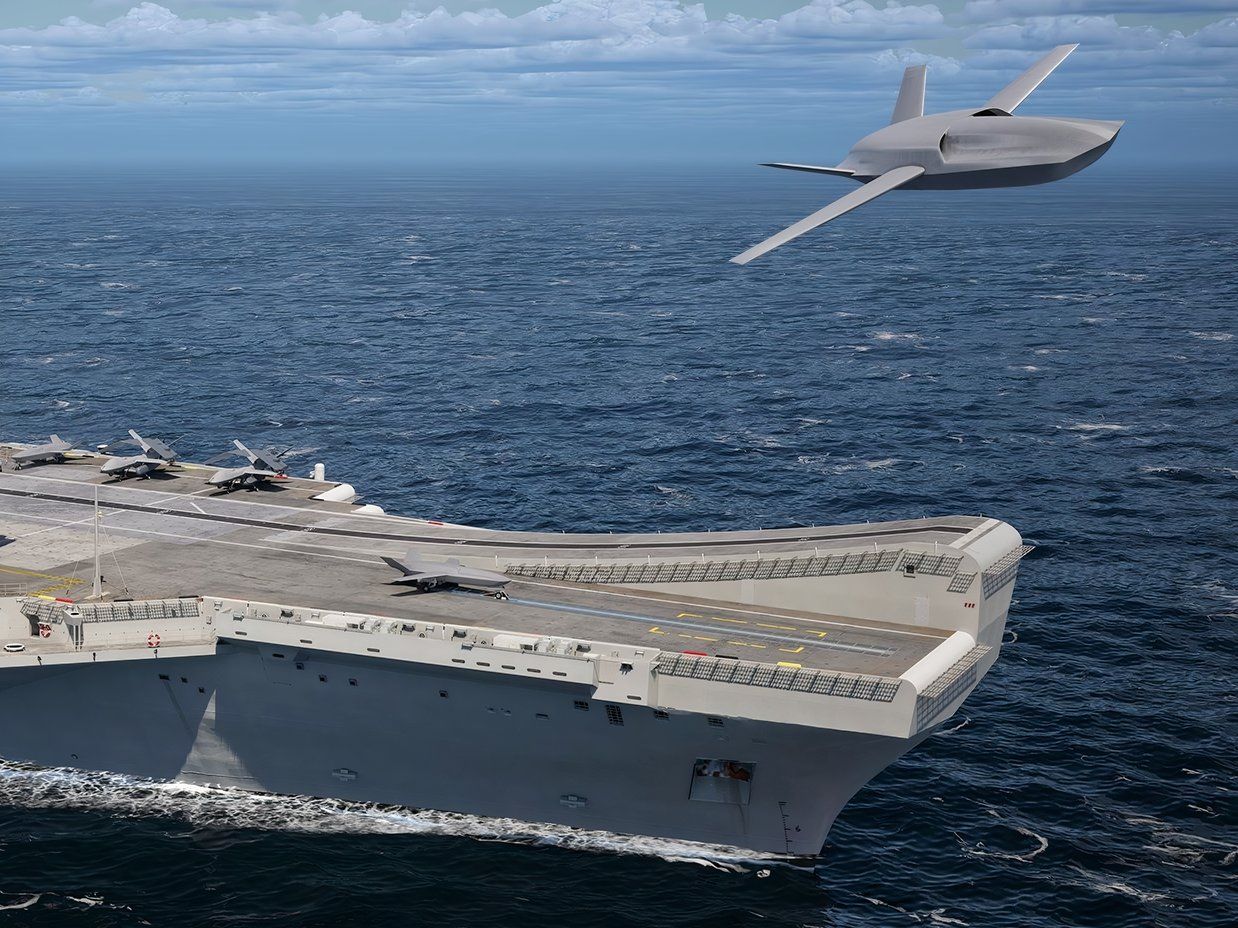
Related
Gambit 5: General Atomics Pitches New Carrier-Based Combat Drones To UK
The United Kingdom’s Royal Navy might be buying some carrier-based drones.
Iranian capture and reverse engineering
Perhaps the best glimpse into what the RQ-170 Sentinel looks like is from an Iranian drone unveiled in 2011. This drone is believed to have been built by reverse-engineering a downed RQ-170 over Iran (it seems military operators have to wrestle with the “you use it, you lose it” realities of conflict).
Air Force Technology states the Iranian IRGC announced the development of a new drone in 2016 called the Saeqeh (Thunderbolt) based on the captured American RQ-170 Sentinel.
The Iranians themselves claimed to have reverse-engineered the American drone. Two days after the Iranian announcement, the Americans acknowledged one had been lost near Iranian air space and that the drone had belonged to the CIA. Iran claimed they had shot it down five years prior.
Photo: Michael Fitzsimmons l Shutterstock
Curiously, The Guardian reported the Iranian drone as an ‘attack drone’ – the Wraith is a surveillance drone, not an attack drone. The Iranians claimed it could carry four precision-guided bombs. The Israelis later shot one down over Syria in 2018.

